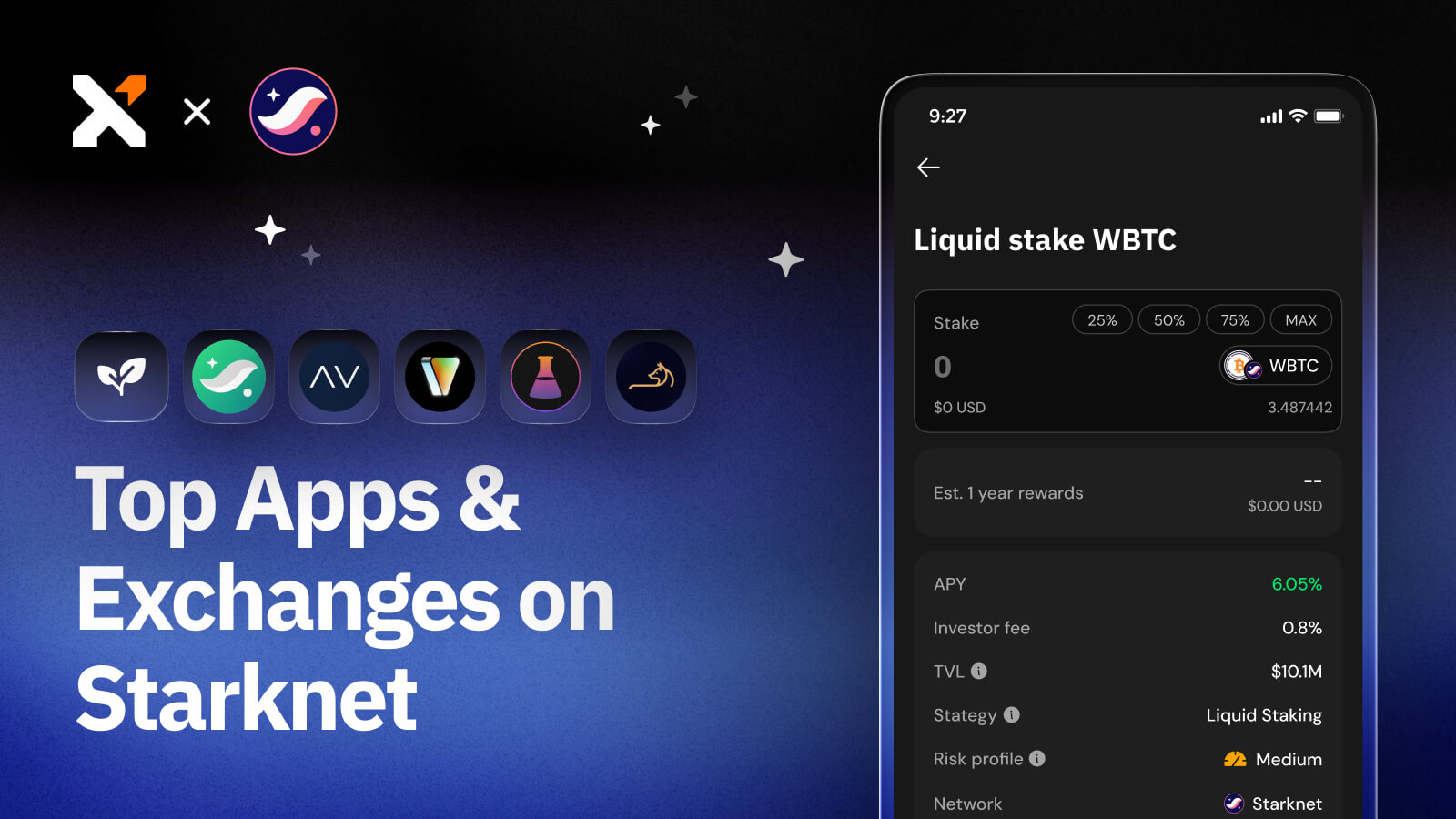What Are Digital Artifacts & How Do They Differ from Traditional NFTs?
Learn about digital artifacts and how these new type of unique digital assets inscribed on the blockchain differ from traditional NFTs.

Sign up for updates!
Stay tuned to our latest news and updates
.svg)
With the emergence of the Ordinals protocol, we can now inscribe digital artifacts onto the blockchain. While digital artifacts and traditional NFTs are similar in the sense that they are unique digital assets, they are considerably different in their design.
Read on to learn about digital artifacts and how they differ from traditional non-fungible tokens (NFTs).
What Are Digital Artifacts?
Digital artifacts are immutable, permissionless, complete, and decentralized non-fungible digital assets native to Bitcoin. They are created by inscribing satoshis (sats), the smallest Bitcoin units, with text, images, or audio using the Ordinals protocol.
Also known as Ordinal inscriptions or simply Ordinals, digital artifacts are a new type of unique digital asset similar to NFTs.
Casey Rodarmor is the brain behind the Ordinals protocol. He launched the game-changing innovation in January 2023, bringing asset issuance to the Bitcoin blockchain without making any changes to the network. Rodarmor achieved this by leveraging the Taproot and SegWit upgrades, Bitcoin unspent transaction outputs (UTXOs), and Ordinal Theory.
Ordinal Theory is a system that serializes individual sats by allotting them ordinal numbers in the order in which they are mined. This numbering system doesn’t reflect at the protocol level. However, all digital artifacts settle and live on the Bitcoin blockchain.
Why Are “Bitcoin NFTs” Called Digital Artifacts?
Like physical artifacts, digital artifacts are complete and capable of being owned and sold.
They are the digital versions of physical artifacts.
A physical artifact is typically an object created by a human for a cultural or practical purpose. It may also have sentimental or financial value. A unique, high-quality antique piece of furniture passed down over several generations is a good example of a physical artifact.
While digital and physical artifacts are similar in a few ways, the former has additional characteristics such as being immutable, decentralized, and permissionless,
How Are Digital Artifacts Different From Traditional NFTs?

Although digital artifacts are non-fungible, they are not like regular NFTs minted on popular Turng-complete blockchains like Ethereum. Let’s take a look at the differences between the two.
Digital Artifacts are Complete
Unlike traditional NFTs, digital artifacts store all their data on-chain, making them complete. This data (e.g., image or audio) is essential because it is part of the digital asset. Without it, your NFT is just a piece of code and no asset.
Traditional NFTs expose investors to a lot of risk by storing this data off-chain, where it could be lost or manipulated. It also means that traditional NFTs are incomplete since the tokenized content lives off-chain, separate from the metadata.
Inscriptions Are Fully Decentralized
Since inscriptions are stored on-chain in their entirety, they are uncensorable and decentralized.
On the contrary, traditional NFTs that store data off-chain with centralized storage solutions are not fully decentralized since their content is exposed to censorship and manipulation.
Inscriptions Don’t Rely on Smart Contracts
Traditional NFTs on Ethereum, for example, are generated using smart contracts, which can be designed to allow future modification of the metadata. This reduces the NFT’s immutability.
On the contrary, inscriptions are not created through smart contracts. Therefore, there is no risk that the content of the digital artifact can be changed later.
Digital Artifacts Are Inscribed, Not Minted
Digital artifacts are generated by inscribing (attaching) an image, audio, or text file to a satoshi. The inscribed sat (including the content) is contained in a Bitcoin UTXO, making it easy to identify, track, and trade. Therefore, the inscription is stored on-chain like any other Bitcoin transaction after miners confirm it. A UTXO is the amount of BTC left after a transaction has occurred.
Conversely, traditional NFTs are minted using smart contracts, where the creator defines all the asset’s details. The smart contract also assigns and reassigns ownership and can specify who is entitled to royalties when the NFT is sold, for example. Once the smart contract is executed, the metadata is stored on-chain while the data file is kept off-chain. The on-chain metadata contains a link pointing to the file’s off-chain location.
Bitcoin Ordinals Are Highly Secure
Bitcoin Ordinals are stored on the most secure blockchain in existence today. Over the past ten years, Bitcoin has experienced an uptime of 100%. As a result, collectors can rest easy knowing that their Bitcoin art or digital collectibles are safe.
Digital Artifacts Are Immutable
Once recorded on-chain, digital artifacts cannot be altered. Conversely, traditional NFTs are at risk of manipulation since data files are stored off-chain. Also, NFT smart contracts may be created with the ability to change the metadata at a later date.
Ordinal Inscriptions Are Scarce
Ordinal inscriptions are linked to Bitcoin’s supply since they are generated by inscribing data to sats. That means, similar to Bitcoin’s limited supply, the number of Ordinals that can exist is finite, giving them scarcity.
On the other hand, a single smart contract can hold a finite number of NFTs since it doesn’t hold the actual tokenized file. As a result, people can essentially create as many NFTs as they like, flooding the market.
Securely Store And Manage Your Digital Artifacts With Xverse Wallet

The Xverse Ordinals wallet enables you to manage all your digital artifacts in one place. The market-leading Bitcoin Web3 allows you to store, view, send, and receive Ordinals with ease.
What’s more, Xverse is supported on all leading Ordinals marketplaces, ensuring you can buy Bitcoin Ordinals directly from your wallet, giving you complete control over your money and digital artifacts.
Download Xverse to dive into the brave new world of Bitcoin Ordinals.
Share this article



.svg)


.webp)

